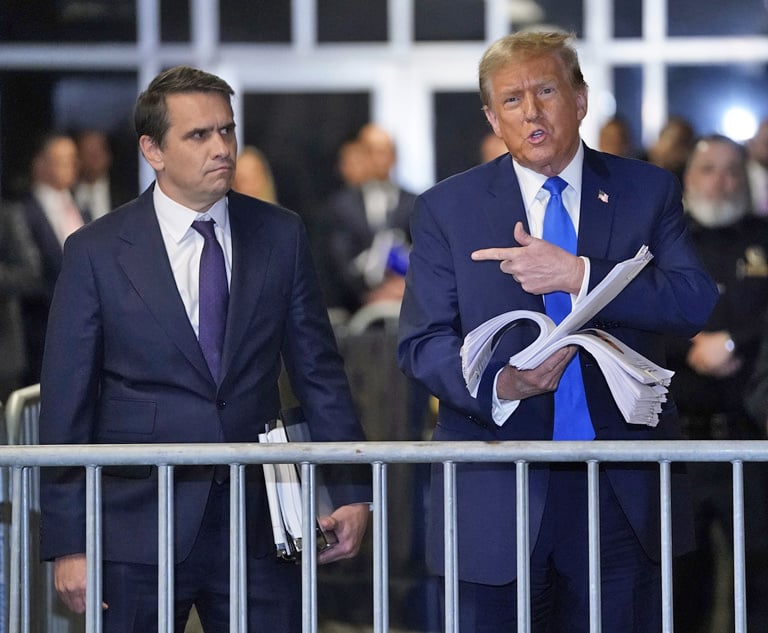The emergency doctrine is a common law rule premised on the understanding “that when an actor is faced with a sudden and unexpected circumstance which leaves little or no time for thought, deliberation or consideration, or causes the actor to be reasonably so disturbed that the actor must make a speedy decision without weighing alternative courses of conduct, the actor may not be negligent if the actions taken are reasonable and prudent in the emergency context.” Rivera v. New York City Tr. Auth., 77 N.Y.2d 322, 327 (1991); see also Lifson v. City of Syracuse, 17 N.Y.3d 492, 497 (2011); Caristo v. Sanzone, 96 N.Y.2d 172, 174 (2001). The theory behind the doctrine is that a person in such a situation cannot reasonably be held to the same accuracy of judgment or conduct as someone who has an opportunity to reflect, even if the decision turns out to be wrong. See Lifson, 17 N.Y.3d at 497; Caristo, 96 N.Y.2d at 174; Rivera, 77 N.Y.2d at 327. The need for the emergency doctrine has been called into question in recent years based on principles of comparative negligence and the ability of juries to apportion fault. See Lifson, 17 N.Y.3d at 497; Caristo, 96 N.Y.2d at 174. While some states have abolished the doctrine altogether, New York has not gone so far.
More than a decade has passed since we addressed the emergency doctrine in the context of medical malpractice actions. See Moore & Gaier, Emergency Doctrine: Limited Applicability to Malpractice, NYLJ (Aug. 1, 2007), p. 3. As we then noted, it has very limited applicability in such cases. To date, only a handful of appellate decisions have addressed the issue in the context of medical malpractice, and none have expressly found it applicable. The two most recent Appellate Division decisions addressing the issue have not altered that trend.


 Thomas A. Moore and Matthew Gaier
Thomas A. Moore and Matthew Gaier




